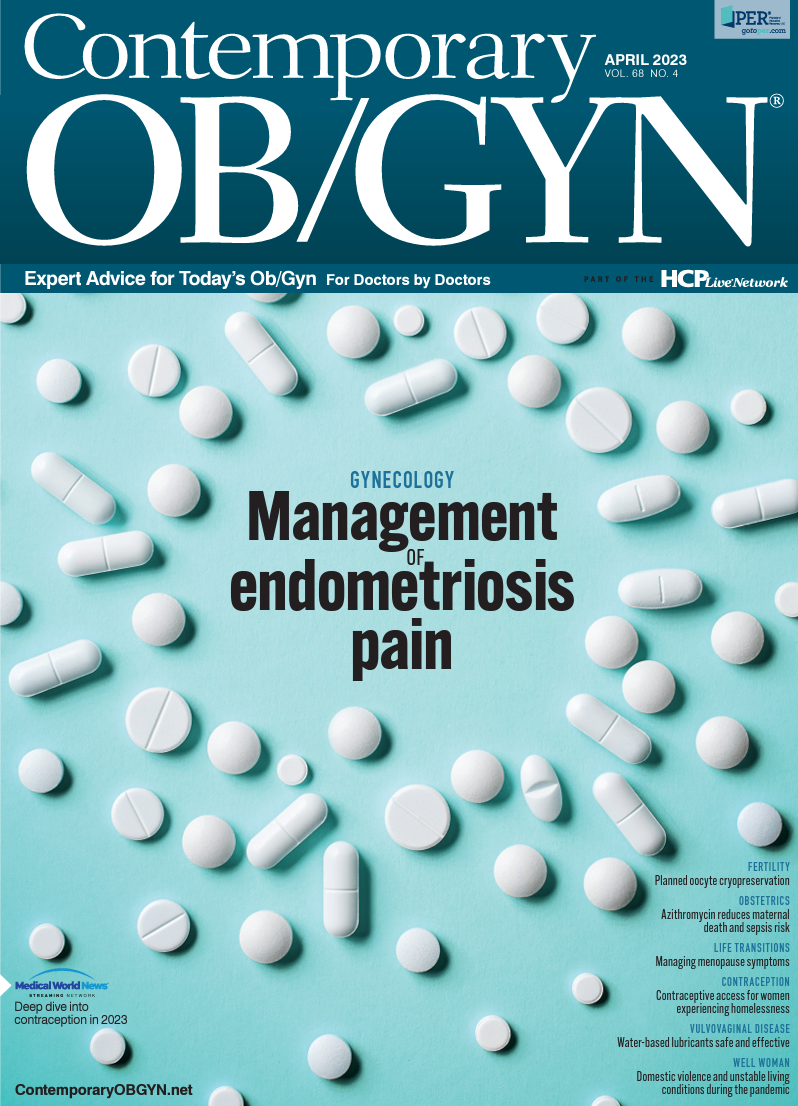Azithromycin reduces risk of maternal sepsis, death in vaginal delivery
A single oral dose of azithromycin in women in labor planning vaginal delivery significantly reduced the risk of maternal death and sepsis, according to study results presented at the SMFM 43rd Annual Pregnancy Meeting.
One oral dose of azithromycin was found to significantly reduce the risk of maternal sepsis or death in women planning a vaginal birth, but had little effect on newborn sepsis or death, according to late-breaking research presented at the Society for Maternal-Fetal Medicine 43rd Annual Pregnancy Meeting held from February 6-11 in San Francisco, California.
Currently, sepsis is 1 of the biggest causes of both maternal and fetal death globally, according to researchers of the study. Azithromycin has previously been found to reduce maternal infection during planned cesarean delivery; however, its effect on women planning vaginal delivery has been unknown.
“Based on promising data from 2 small trials, we tested the hypothesis that a single oral dose of azithromycin (AZI) given during labor in women planning a vaginal delivery would reduce maternal death or perinatal death or sepsis,” wrote the study authors.
In the multicounty, placebo-controlled, randomized study (NCT03871491), 29,278 women in labor at more than 28 weeks’ gestation with a planned vaginal delivery and live fetus were randomly given either a single oral dose of 2 g azithromycin or an identical placebo at 8 sites across 7 low- and middle-income countries (14,590 and 14,688, respectively).
The study included 2 primary outcomes including 1) a composite of maternal sepsis or death and 2) a composite of stillbirth or neonatal sepsis or death. Secondary outcomes were specific maternal infections, hospital readmission, and unscheduled health care visits.
Results of the study demonstrated a significant risk reduction in maternal death or sepsis was lower in the azithromycin group compared to placebo, 1.6% vs 2.4%, respectively (95% confidence interval [CI], 0.56 to 0.79; P<0.001).
Additionally, data showed a lower risk of maternal endometritis, infections, readmissions, and unscheduled health care visits in the azithromycin group vs placebo. However, the risk of still birth or neonatal death or sepsis was similar between azithromycin and placebo, 10.5% vs 10.3%, respectively (95% CI, 0.95 to 1.09; P=0.56). Also, no association was found between azithromycin and a higher occurrence of adverse events.
Ultimately, the authors concluded that the data presents a case for the use of a single intrapartum oral dose of azithromycin in women planning vaginal delivery reduced the risk of maternal death or sepsis but did not reduce the risk of newborn sepsis or death.
Reference:
Tita ATN, Carlo WA, McClure EM, et al. Azithromycin to Prevent Sepsis or Death in Women Planning a Vaginal Birth [published online ahead of print, 2023 Feb 9]. N Engl J Med. 2023;10.1056/NEJMoa2212111. doi:10.1056/NEJMoa2212111

S4E1: New RNA platform can predict pregnancy complications
February 11th 2022In this episode of Pap Talk, Contemporary OB/GYN® sat down with Maneesh Jain, CEO of Mirvie, and Michal Elovitz, MD, chief medical advisor at Mirvie, a new RNA platform that is able to predict pregnancy complications by revealing the biology of each pregnancy. They discussed recently published data regarding the platform's ability to predict preeclampsia and preterm birth.
Listen
Racial disparities based on delivery hospital quality reported
March 24th 2025A new study found that Black and American Indian birthing individuals in the United States are more likely to deliver at lower-quality hospitals than White patients, highlighting systemic health care inequities.
Read More
